I would prefer to tell/paint as JOAQUIN SORROLLA, did with those incredibly happy, naive, pure, innocent, pastel, ochre colors in many of his works. Paintings that could force a smile even in a sociopath without remorse.
Unfortunately, I always end perceiving people and reality as probably FRANCIS BACON did, a distorted, pained, nightmarish constant. I prefer the first, but the second is dominant, in a struggle to share with others what I see. It is similar to
onion skin, it peels off. What matters to me: nature, ecology, environment. Too many people, are capable of incredible imbecility and cruelty. That is why their
place is distant and far in this scheme of things..both enough of that.
GlOBALIZATION
STARTED, probably, when the first plant collectors, from England and Spain began to send to their countries, plants, trees, and seeds to study and research. Planting and propagating in nurseries. The intention could have been any: profits in the case of crops, medicine, species, tannins, you name it, almost forgot, plain aesthetics. This subject is a great one to study for gardeners, vision shapers, critics and chatty people always in need to be centers of attraction.
CENTERS OF ORIGIN OF AGRICULTURE
AND SOME OF THE
THEIR FIRST CROPS
AND SOME OF THE
THEIR FIRST CROPS
INDIA, MALAYSIA AND INDONESIA
1. Banana
2. Coconut
3. Ginger
4. Mango
5. Mustard
6. Orange
7. Radish
8. Rice
9. Tangerine
10. Yam
CENTRAL AND SOUTH AMERICA
1. Avocado
2. Bell pepper
3. Cashew
4. Corn
5. Lima bean
6. Papaya
7. Peanut
8. Pineapple
9. Potato
10. Pumpkin
11. Sweet potato
12. Tomato
1. Banana
2. Coconut
3. Ginger
4. Mango
5. Mustard
6. Orange
7. Radish
8. Rice
9. Tangerine
10. Yam
CENTRAL AND SOUTH AMERICA
1. Avocado
2. Bell pepper
3. Cashew
4. Corn
5. Lima bean
6. Papaya
7. Peanut
8. Pineapple
9. Potato
10. Pumpkin
11. Sweet potato
12. Tomato
When I think about the historical importance of agriculture in the development of every culture, anywhere on earth, it is difficult to understand the constant destruction of what made/makes it possible; soil and water.
The apparent disconnection and indifference of most people in urban centers and cities regarding these issues allowing us to survive is much wider than I suspected.
Fortunately, it seems that in other regions of the world, agriculture is still important. and people do what they have to do to survive, even when encountering difficulties that city folk would not stand, physically, spiritually or intellectually.
The apparent disconnection and indifference of most people in urban centers and cities regarding these issues allowing us to survive is much wider than I suspected.
Fortunately, it seems that in other regions of the world, agriculture is still important. and people do what they have to do to survive, even when encountering difficulties that city folk would not stand, physically, spiritually or intellectually.
This list appears on Botany for Gardeners. On following posts I will provide the reference. It is
not the first time I mention this subject, but now it may get a wider exposure, judging from whos.amung.us. Until next...
not the first time I mention this subject, but now it may get a wider exposure, judging from whos.amung.us. Until next...


















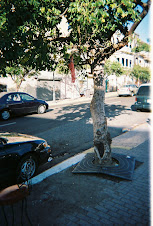-25.jpg)
-24.jpg)
























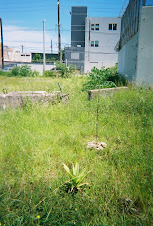




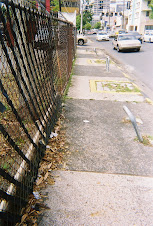

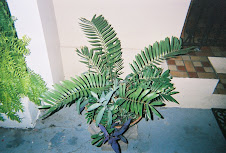




-22.jpg)
-25.jpg)
-24.jpg)






-16.jpg)
-13.jpg)
-08.jpg)
































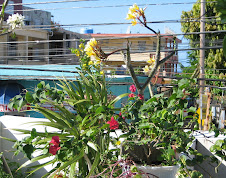
















No hay comentarios:
Publicar un comentario